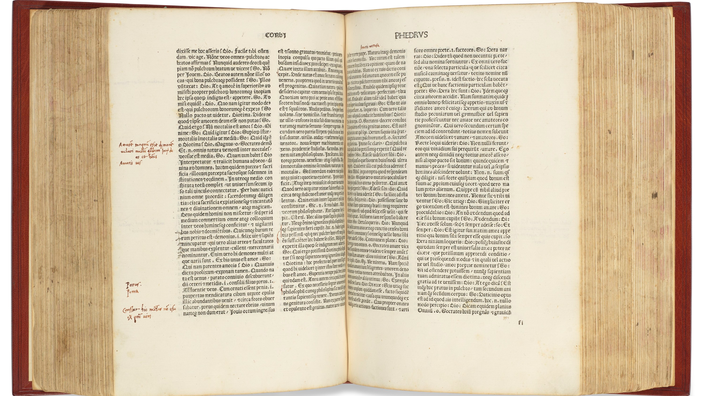Chargé de mission for the high places of the Resistance at the Departmental Council of Haute-Garonne, historian Elérika Leroy has been interested for more than 20 years in clandestine combat during the Occupation. His book on the Marsoulas massacre will be published.
Historian Elérika Leroy has been interested in clandestine combat during the Occupation for more than twenty years. His latest book on the Marsoulas massacre will be out by the end of the month.
How did you come to work on this period of the Resistance?
I grew up in Chartres, in Eure-et-Loir, a department where Jean Moulin was prefect. On June 17, 1940, before General de Gaulle’s appeal, he showed the first act of resistance by attempting to commit suicide rather than signing a false document implicating Senegalese skirmishers in alleged atrocities against civilians. As a child, I was immersed in these stories. My grandmother told me a lot about the war she had lived through, the exodus and the bush. I undertook history studies which I decided to continue in Toulouse after discovering the work of Pierre Laborie, professor of contemporary history at the University of Mirail.
What did you find in particular in Toulouse?
When I arrived in Toulouse in 1996, I realized that the Resistance was everywhere, in the names of streets, plaques, monuments. I also realized that the Haut-Garonnais knew little about this recent period. For twenty-five years, I have tried to make it known and I never tire of it. In the memorial tours that I accompany, I start with what people know, the allées François-Verdier, the rue Achille Viadieu or the boulevard Silvio Trentin to interest them in the history and courage of these great local figures. . The Toulouse Resistance, even at the national level, is not valued enough. Exceptional events, by their magnitude or by the courageous acts which they required, nevertheless took place here.
Are you thinking in particular of the martyr village of Marsoulas?
In France, everyone knows Oradour-sur-Glane. On the other hand, most Toulouse residents have not heard of Marsoulas. These two massacres of civilians are not of the same magnitude but they were perpetrated on the same day, June 10, 1944, by troops of the SS Das Reich division and with the same fury. More than 640 people were killed in Oradour, 27 in Marsoulas, including 11 children. A commemorative plaque was installed on January 23 on the place of the martyr village and a “memory book” will appear in mid-February.
What happened on June 10?
That day, the 10th company of the 3rd battalion of the Deutschland regiment of the SS Das Reich division left the region of Venerque where it was stationed with the mission of annihilating the maquis of the Pyrenees, which shows the importance of the Resistance. in the region, and terrorize the population that supports them. The troops are on their way to the village and maquis of Betchat. When they arrive in Marsoulas, around 8 am, two guerrillas in outpost throw grenades at them from the roof of the church. This attack will trigger the massacre of the civilian population. The Nazi officer who ran this company, a fanatic, was only waiting for this pretext. The SS are deployed throughout the village. It is early, the inhabitants are surprised at home, 5 year old twins are killed in their bed as well as a three month old baby …
In your work, you insist a lot on the role of Haute-Garonne in the organization of the Resistance and the clandestine combat …
It was essential. I am thinking of the Françoise network and its escape routes, of the Morhange network, unique in France, specializing in the elimination of employees and agents of the Gestapo. And of course to François Verdier, head of the United Resistance Movements in the South-West, who endured all the tortures but never spoke. I also want to make known the acts of courage, solidarity and fraternity of ordinary citizens who took risks to save Jewish children or to supply the maquis. Several circuits exist for schoolchildren. The idea is to offer them to the general public also by the end of the year, in paper and digital form as is already the case for the Haute-Garonne Resistance circuit, a route in twenty stages in the streets of Toulouse. . Our approach with the Departmental Council is to create a “museum outside the walls” and to show the multiple aspects of the Resistance beyond the image of the resistant, Sten machine gun in hand. For me, the issue is also to alert citizens to the risk of the collapse of a regime, the Republic, which remains fragile. The work of memory also questions the present “.
Colleges and media libraries
The book on the Marsoulas massacre, produced by the departmental council in partnership with the ANACR (Association of veterans and friends of the Resistance of Haute-Garonne), will be available at the Museum of the Resistance and Deportation and distributed in the colleges and media libraries in the department from the end of February.
–
–


